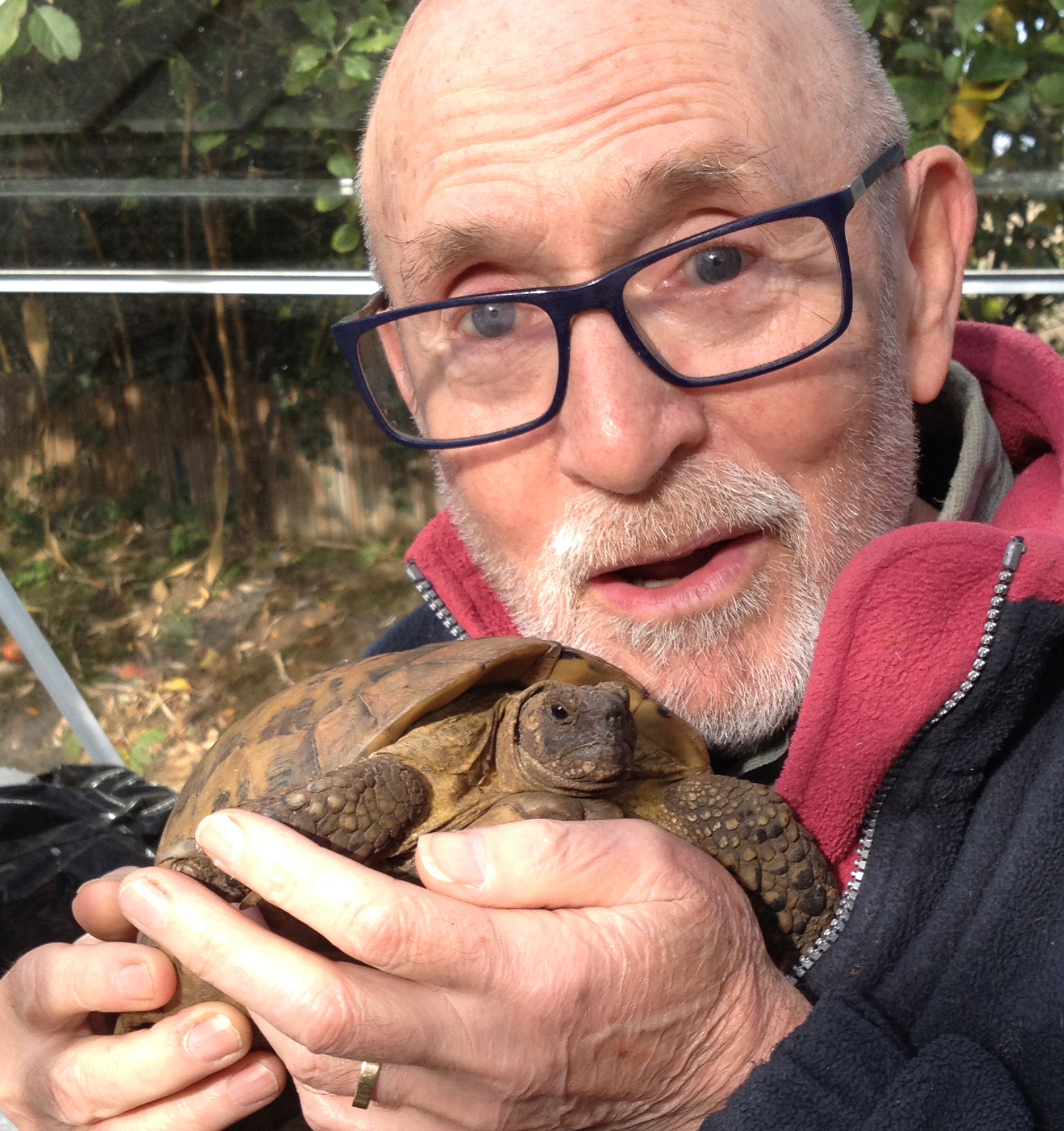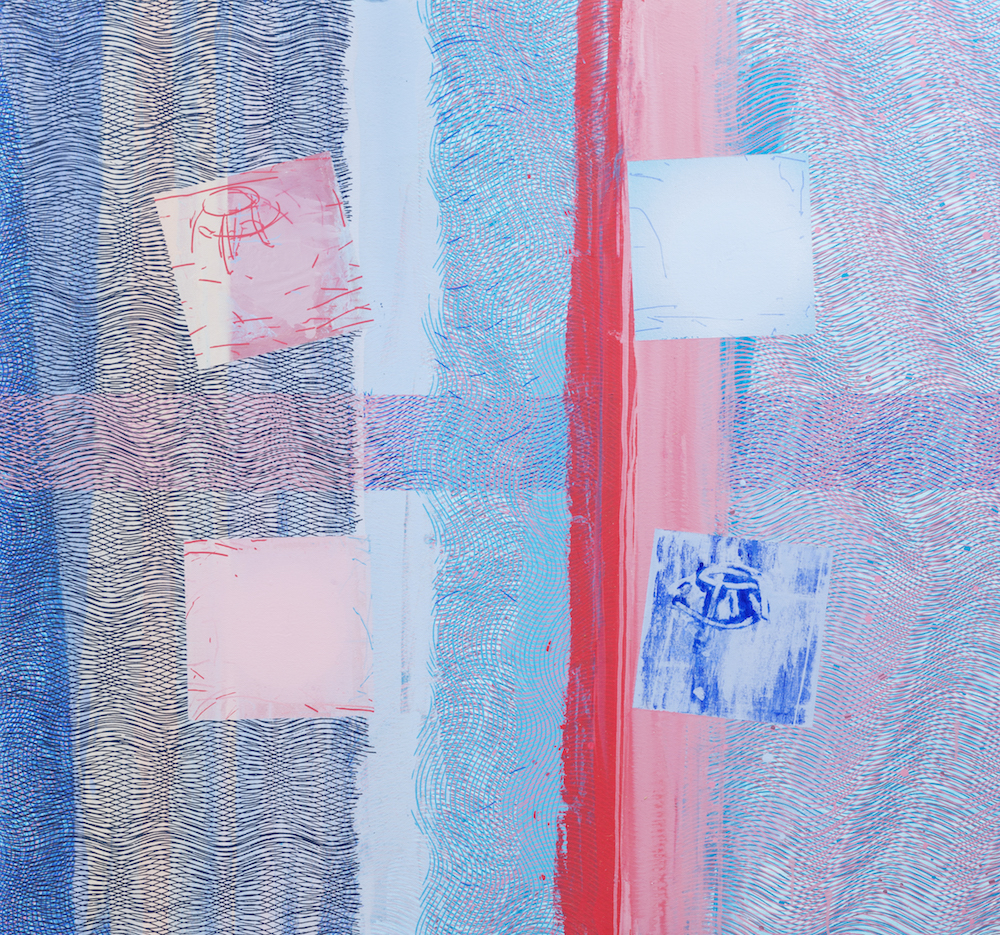
I first bought a tortoise when I was ten years old—they fascinated me. I had no knowledge of the cruel ways in which they were snatched from the wild, packed into crates where half died in transit to the pet shops and markets. Many more then died through negligence and the lack of knowledge of well meaning owners. I remember mine dying during hibernation: I cried for days! He was called Peter and in truth I killed the poor lad by not understanding the hibernation process well enough.
In the mid-seventies I moved to a studio just off Brick Lane in East London, an old school with an enclosed playground. This was close to Club Row, a market for small animals later to be closed down for what today would be obvious reasons. Two other artists had studios in the school and between us we had begun to turn the playground into a garden bordering on the exotic.
Walking through Club Row was always a sad experience and on one occasion I was with John Ashworth.
Amongst the pens and boxes of pups, kittens, hamsters and just about any small petable animal you can think of was a crate packed with tortoises. We somehow managed to convince ourselves that to buy was to rescue—we lost sight of the bigger picture—and so Nellie (as she became) took up residence in our Spitalfields school yard. After she was joined by a male tortoise and as we solved the difficulties of hatching the eggs, the population grew; at one time it was in excess of twenty-five.

“We have evolved very much alongside animals, we both eat them and use their strengths and differences to our advantage, we even satisfy our curiosity at their expense”
When I met and married Emily [Mayer] I entered a world of dogs. In 2009 I didn’t ask for but got another tortoise. She came as a kind of free gift with a pup that Emily was buying. Now she lives in a large secure fenced area of the garden. The pen is planted with all the best foods so that she can forage at random, and I even erected a greenhouse for her so she can enjoy the inclement weather between autumn and winter, and winter and spring, and make her own decisions on when to hibernate. So all is well in Nellie’s world (I also called her Nellie; it seemed appropriate).
She is a great reminder of persistence and determination, I often watch her approach an object that is in her way. She will barge, climb, behave like a bulldozer, only as a last resort will she go around it. I don’t know whether we have an empathy in this respect, or maybe I’m a little jealous of her tenacity. I think if I really could listen to her she could teach me how to relax.
Any impact of animals on art, even the presence of animals in art, seems to be mainly incidental. We have evolved very much alongside animals, we both eat them and use their strengths and differences to our advantage, we even satisfy our curiosity at their expense (vivisection and animal experiments). They are part of the expression in pastoral and domestic pictures, the cow or horse in the field or the dog at his master’s feet. The Bayeux Tapestry had horses as they were an important part of the battle, just as the dogs and horses are part of the hunting scene.

Then of course there is the animal portrait, often just a showing off of a prized possession, but in the hands of Stubbs, for instance, an expression of elegance or power. In the eighteenth century he was showing the raw world, the lion attacking a horse or a sleeping leopard in a way that went beyond illustration.
The brutal image of the bull and the hysteria of the horse in Picasso’s Guernica are two powerful symbols in a great work. For me they dominate the painting, they are very moving symbols and seem to convey the meaning of the work; the brutal cause and the tragic effects of war more than scattered humanity occupying most of the painting.





